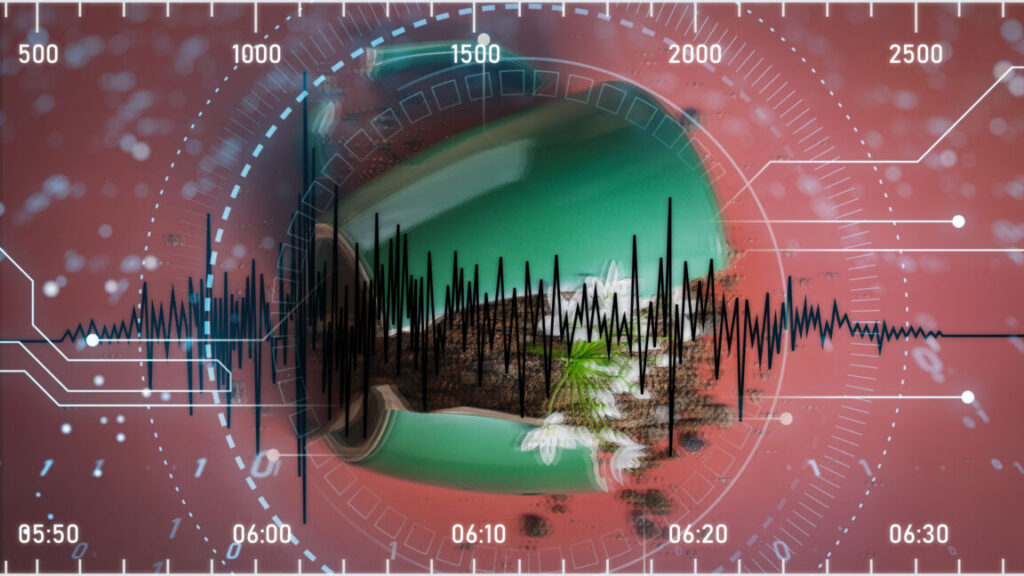On January 1, 2008, at 1:59 am in Calipatria, California, an earthquake happened. You haven’t heard of this earthquake; even if you had been living in Calipatria, you wouldn’t have felt anything. It was magnitude -0.53, about the same amount of shaking as a truck passing by. Still, this earthquake is notable, not because it was large but because it was small—and yet we know about it.
Over the past seven years, AI tools based on computer imaging have almost completely automated one of the fundamental tasks of seismology: detecting earthquakes. What used to be the task of human analysts—and later, simpler computer programs—can now be done automatically and quickly by machine-learning tools.
These machine-learning tools can detect smaller earthquakes than human analysts, especially in noisy environments like cities. Earthquakes give valuable information about the composition of the Earth and what hazards might occur in the future.



